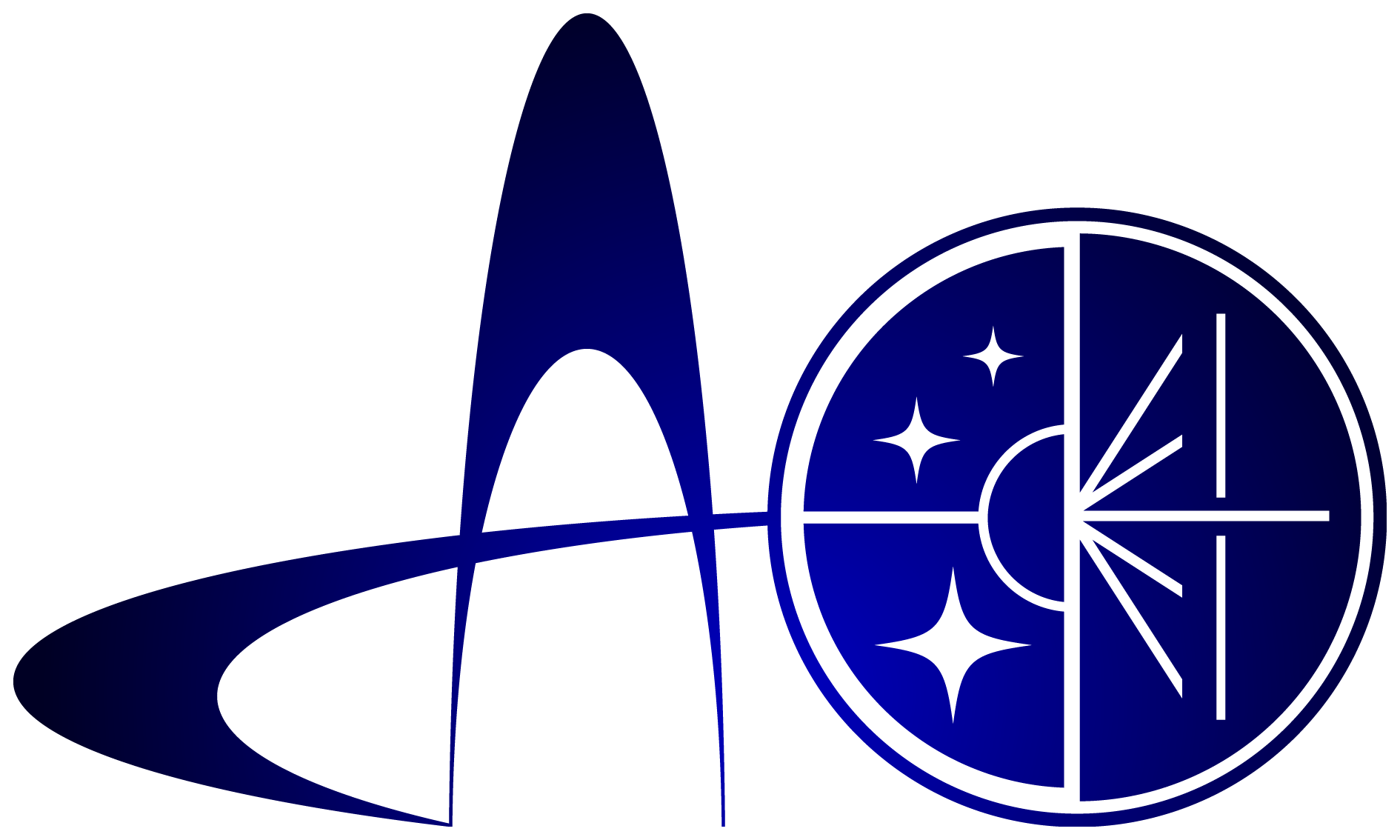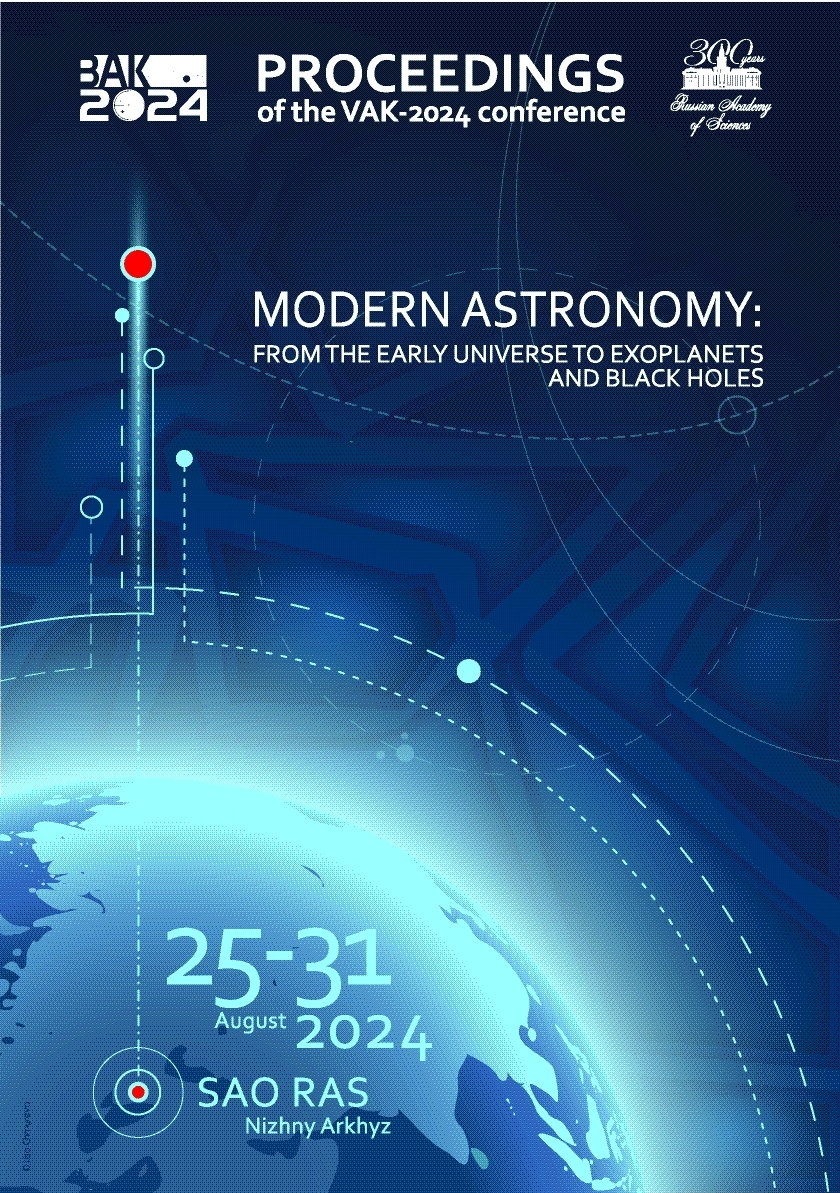UDC 523.985.7
UDC 523.987
UDC 52
UDC 53
UDC 520
UDC 521
UDC 523
UDC 524
UDC 52-1
UDC 52-6
CSCSTI 41.21
CSCSTI 41.00
CSCSTI 29.35
CSCSTI 29.31
CSCSTI 29.33
CSCSTI 29.27
CSCSTI 29.05
Russian Classification of Professions by Education 03.06.01
Russian Classification of Professions by Education 03.05.01
Russian Classification of Professions by Education 03.04.03
Russian Library and Bibliographic Classification 2
Russian Library and Bibliographic Classification 223
Russian Trade and Bibliographic Classification 614
Russian Trade and Bibliographic Classification 6135
BISAC SCI004000 Astronomy
BISAC SCI005000 Physics / Astrophysics
We present results of the analysis of multiwavelength observations of the M3.4 eruptive flare that occurred near the western limb of the Sun on September 2, 2023 (SOL2023-09-02T06:33). We use observations from the near-Earth spacecraft ASO-S/HXI, SDO/AIA, HMI, GOES/XRS, and Fermi/GBM. X-ray observations by the STIX telescope-spectrometer on board the Solar Orbiter from the opposite side of the Sun are also used. The flare was associated with a two-stage inclined ( $\approx 40-50^{\circ}$ to the radial direction) eruption, the second stage of which was accompanied by the impulsive flare phase and quasi-periodic pulsations (QPPs) of hard X-rays with a characteristic time scale $P\approx1.56$ min. HXI observed hard X-ray sources located above the apex of a coronal Y-shaped structure, visible in the ``hot'' 94 and 131 Å EUV channels, behind a drop-shaped erupting plasmoid/prominence. Hard X-ray sources near the foot of the flare loops and flare ribbons were also observed, mainly after the peak of the impulsive phase. The HXI and STIX observations from different locations in the heliosphere are consistent with each other. Temporal dynamics of the spectral index of nonthermal electron flux had a ``soft-hard-soft'' behavior during QPPs. The observational results do not contradict the ``standard'' model of eruptive two-ribbon flares, where populations of electrons are accelerated episodically due to magnetic reconnection in a current sheet in the corona behind an erupting structure. However, understanding the quasi-periodicity of electron acceleration/injection requires further studies.
Sun: flares; X-rays, gamma rays; UV radiation; coronal mass ejections (CMEs)
1. Gan W.-Q., Zhu C., Deng Y.-Y., et al., 2019, Research in Astronomy & Astrophysics, 19, 11, id. 156
2. Kupriyanova E.G., Kolotkov D.Yu., Nakariakov V.M., et al., 2020, Solar-Terrestrial Physics, 6, 1, p. 3
3. Krucker S., Hurford G.J., Grimm O., et al., 2020, Astronomy & Astrophysics, 642, id. A15
4. Lemen J.R., Title A.M., Akin D.J., et al., 2012, Solar Physics, 275, 1-2, p. 17
5. Meegan C., Lichti G., Bhat P.N., et al., 2009, Astrophysical Journal, 702, p. 791
6. Scherrer P.H., Schou J., Bush R.I., et al., 2012, Solar Physics, 275, 1-2, p. 207
7. Zimovets I.V., McLaughlin J.A., Srivastava A.K., et al., 2021, Space Science Reviews, 217, 5, id. 66
8. Zhang Z., Chen D.-Y., Wu J., et al., 2019, Research in Astronomy and Astrophysics, 19, 11, id. 160







